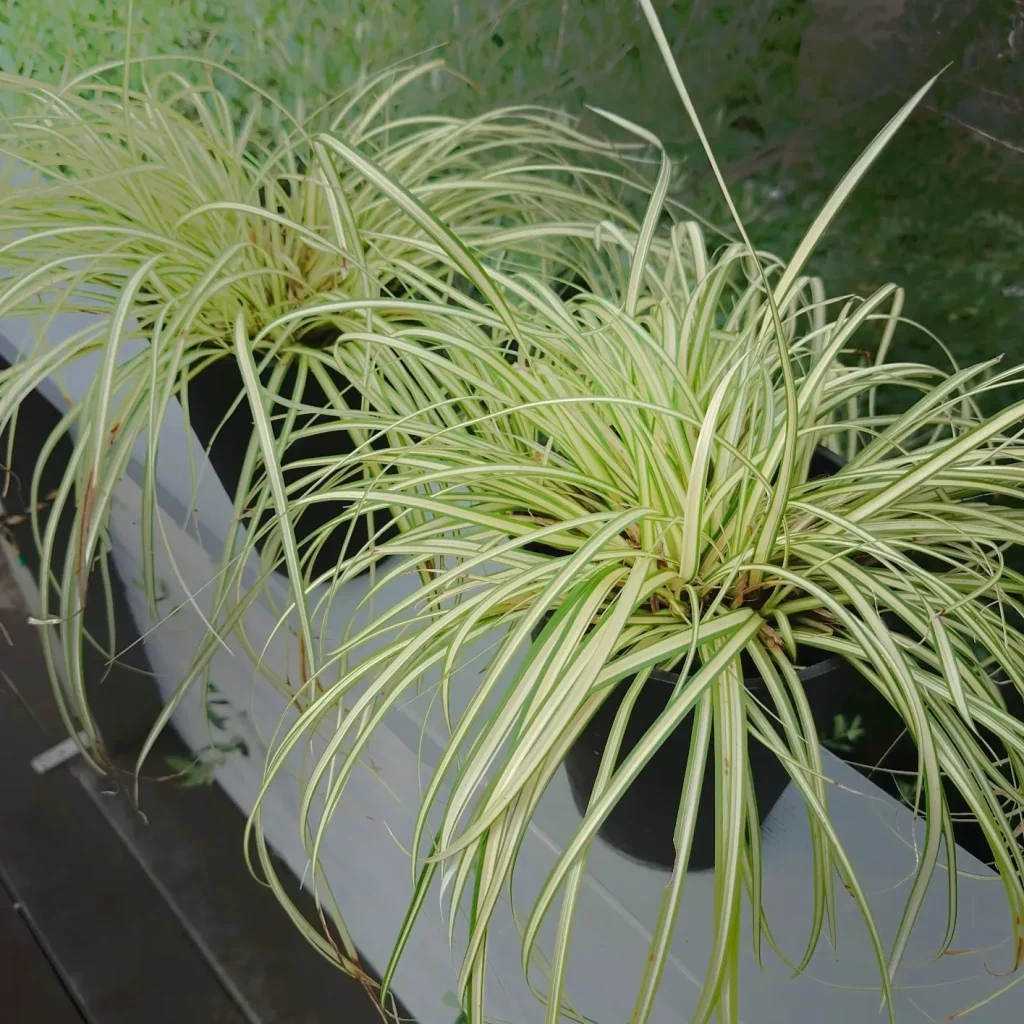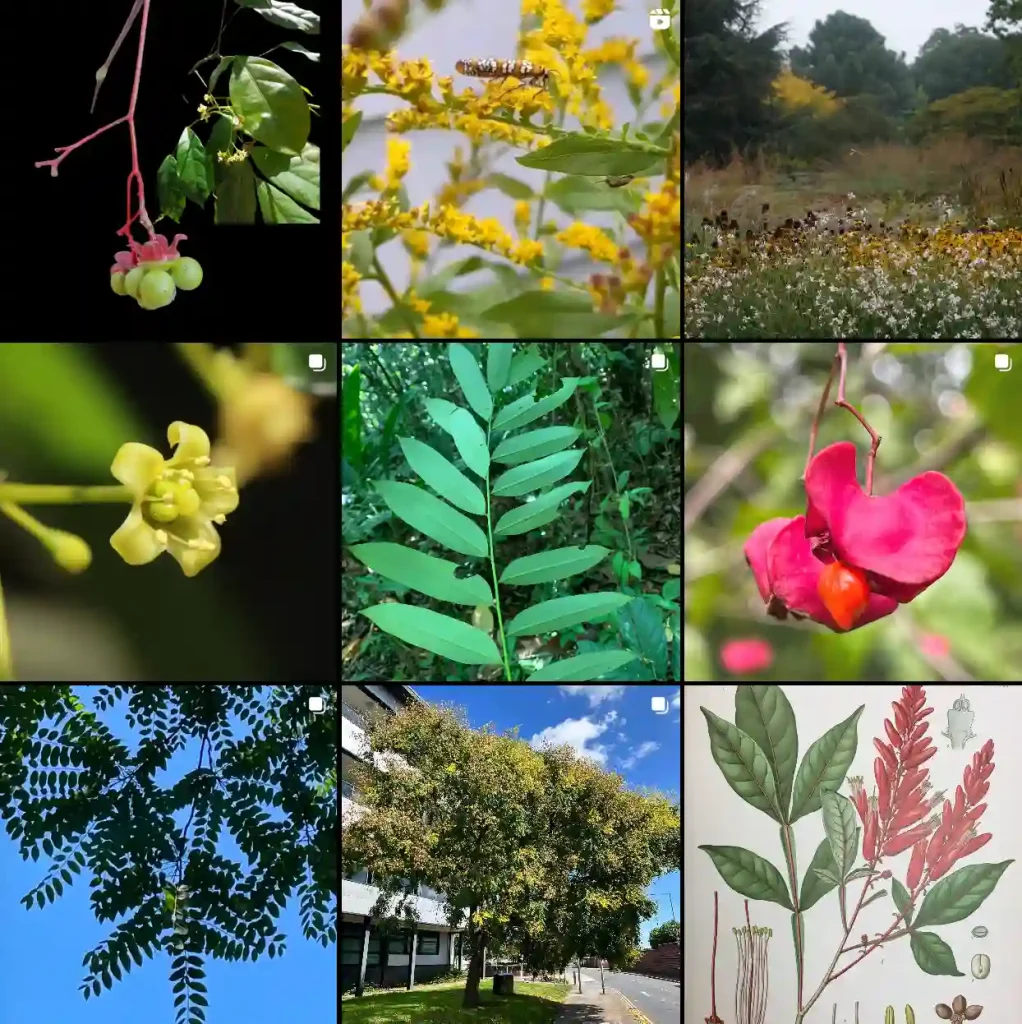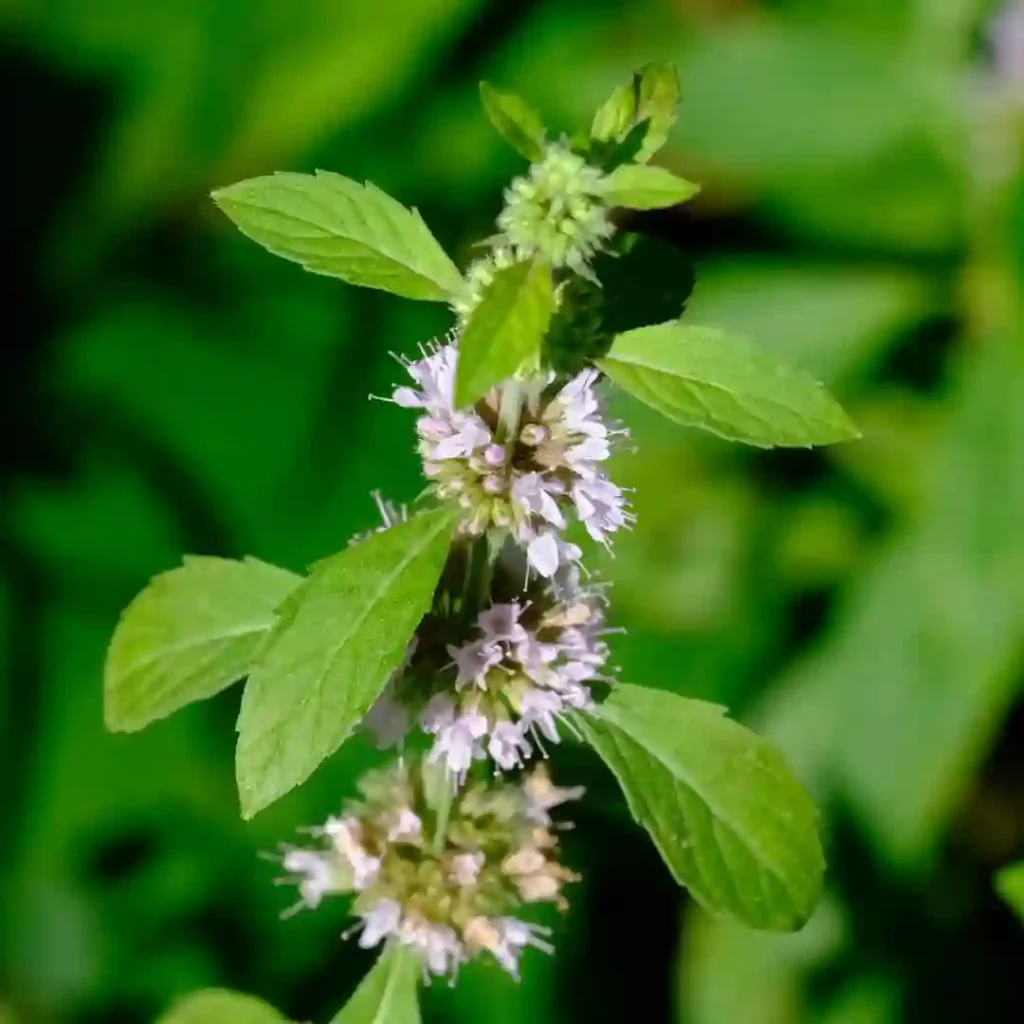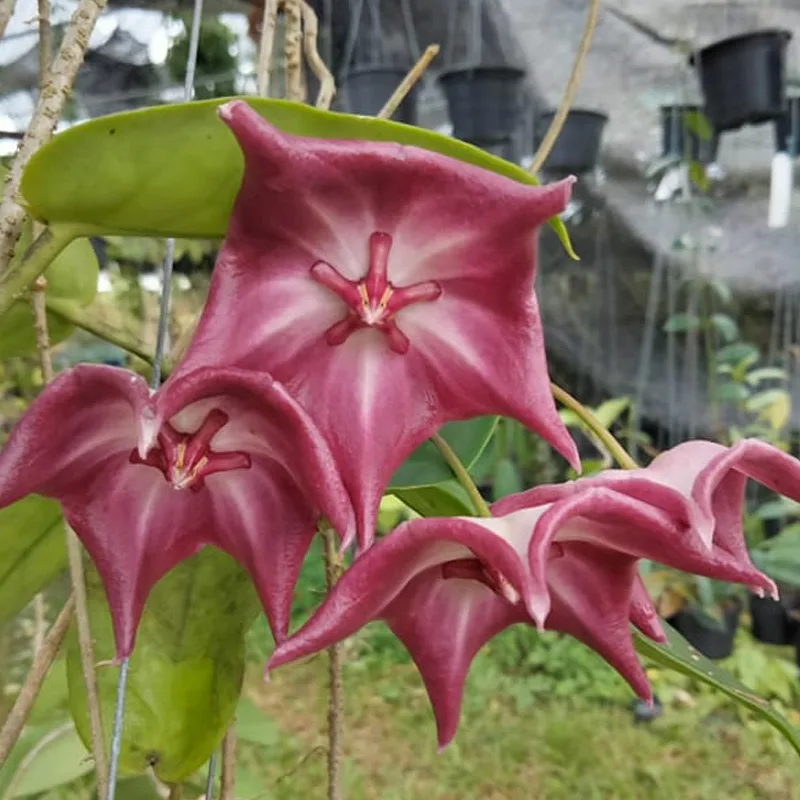Tillandsia Recurvata: The Curious Case of the Ball Moss
Hi, Ferb Vu here. Today, we’re diving into the world of air plants, specifically the Tillandsia recurvata, also known as the small ball moss or simply ball moss. It’s a fascinating little plant that often gets mistaken for a moss, but there’s more to it than meets the eye. So, let’s address some common questions about this curious air plant.
690 Species in Genus Tillandsia – Air Plants
What is Tillandsia Recurvata?
Tillandsia recurvata isn’t your typical houseplant. Unlike its pot-bound brethren, this epiphyte thrives by clinging to other plants for support, not nutrients. That’s right, it’s an air plant! It gets its water and sustenance from the air and occasional rainfall.
These little guys form grayish-green, ball-like clusters with narrow, recurved leaves (hence the name). They typically grow up to 6 inches tall and are native to a vast area, stretching from the southeastern United States down to South America and the Caribbean islands.
Tillandsia Baileyi vs Recurvata
Comparing Tillandsia Baileyi and Recurvata, I’ve found that Baileyi has a charm with its slender, silvery leaves that seem to twist and curl in the most whimsical ways. It’s almost like having a tiny, living sculpture. Recurvata, on the other hand, feels a bit more robust and structured with its thicker, recurved leaves. I love how Baileyi can just hang there, looking delicate and airy, while Recurvata brings a certain sturdiness and presence to my collection. Each has its own unique aesthetic, and I enjoy the different vibes they bring to my space.
Tillandsia Recurvata vs. Spanish Moss: What’s the Difference?
Tillandsia recurvata is often confused with Spanish moss (Tillandsia usneoides). Both are air plants in the Bromeliad family, but there are key distinctions.
- Growth Habit: Ball moss forms compact, spherical clusters, while Spanish moss drapes in long, thread-like strands.
- Leaf Shape: Ball moss has narrow, recurved leaves, whereas Spanish moss boasts wider, more flexible leaves.
- Habitat: Ball moss prefers low-light, high-humidity environments, often found on trees. Spanish moss, on the other hand, thrives in brighter, airier locations.
Is Tillandsia Recurvata a Parasite?
Fear not, plant lovers! Tillandsia recurvata is an epiphyte, not a parasite. It uses its host plant for physical support only, not to steal nutrients. It gets its own food through photosynthesis and absorbs moisture and minerals from the air, rain, and even dust.
How to Care for Tillandsia Recurvata?
So, you’re considering bringing a ball moss into your home? Here’s how to keep it happy and thriving:
- Light: Ball moss prefers low to medium indirect light. Avoid harsh, direct sunlight.
- Water: Soak your ball moss for 15-30 minutes once a week. Let it dry completely between soakings. Good air circulation is crucial to prevent rot.
- Humidity: Mimic their natural environment by providing moderate to high humidity. Misting regularly or using a pebble tray filled with water can help.
- Fertilizer: While not essential, a very dilute bromeliad fertilizer applied monthly during the growing season can be beneficial.
Can Tillandsia Recurvata Live on Other Plants Indoors?
Yes, you can mount your Tillandsia recurvata on a piece of driftwood, a cork bark, or even a decorative air plant holder. Just make sure the mount is breathable and allows for good air circulation. However, avoid placing it directly on a living plant indoors. While it won’t harm the plant in the short term, long-term contact can restrict airflow and potentially create a breeding ground for pests or diseases.
Common Problems with Tillandsia Recurvata
- Browning Leaves: This can be caused by underwatering, overwatering, or excessive sunlight.
- Mealybugs: These tiny, white insects suck the sap from your plant. Treat them with insecticidal soap or neem oil.
- Scale: These hard-shelled insects also sap plant juices. Use horticultural oil to get rid of them.
With proper care, your Tillandsia recurvata can reward you with beautiful blooms. The flowers typically emerge from a central stalk and boast violet-blue petals, adding a pop of color to your air plant display.
So, there you have it! Tillandsia recurvata, a unique and low-maintenance air plant that can add a touch of the exotic to your home. With a little TLC, you can keep this curious little ball of green thriving for years to come.
If i die, water my plants!



